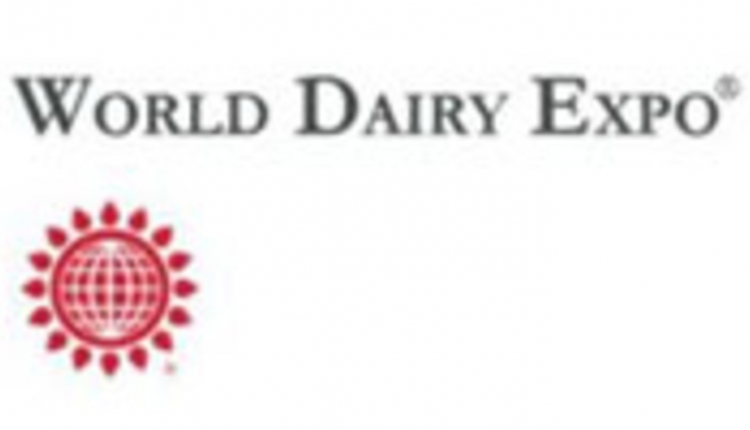The information below has been supplied by dairy marketers and other industry organizations. It has not been edited, verified or endorsed by Hoard’s Dairyman.

GREEN BAY, Wis. – March 13, 2024 – American Dairy Coalition today sent a letter to USDA Secretary Tom Vilsack and AMS Dairy Programs Administrator Dana Coale urging USDA to grant the American Farm Bureau Federation’s official request for an emergency decision to return the Class I skim price formula to the ‘higher of.’
The AFBF request was read into the record on the last day of the Federal Milk Marketing Order hearing, Jan. 30, by Farm Bureau economist Danny Munch.
Nearly five years of the ‘average of’ method has resulted in net losses to farmers of $1.1 billion in Class I revenue, alone, which is predicted to exceed $1.6 billion by the end of 2024.
More than 30 state, regional and national dairy organizations, state farm bureaus, and cooperatives as well as nearly 200 individual dairy producers and allied industry service providers have signed on to the American Dairy Coalition letter along with ADC president Walt Moore, a Pennsylvania dairy farmer. Signatories cover 33 states from coast to coast.
“This is an emergency,” the letter to Vilsack states. “The 2022 Ag Census showed a staggering 40% drop in the number of U.S. dairy farms in five years. The move away from the ‘higher of’ is contributing to dairy margin losses and negatively impacting dairy farm families and the rural communities that rely on them. As a grassroots producer-led organization, the American Dairy Coalition has been engaged in consensus-building on FMMO pricing. We and other undersigned organizations and farmers write in strong support of the American Farm Bureau’s request for an emergency decision to return the Class I mover to the ‘higher of’ formula as soon as possible.”
While being cross-examined at the FMMO hearing, Munch testified that, “Farmers need a whisper of hope, to see that there will be a positive outcome coming soon, an optimistic change that is coming that fuels them. Do they see things getting better? Or are things going to stay the way they are?”
“The legislative change in the Class I formula was part of the 2018 Farm Bill. It was not vetted through a hearing, so Congress included language to have a hearing and evaluation two years after implementation. Farmers waited four and a half years for a hearing to be set, five months for the proceedings to conclude, and it could be another 18 months before all of the post-hearing proceedings are completed,” ADC CEO Laurie Fischer observes.
“As Farm Bureau pointed out in various testimony, there is overwhelming consensus for this change back to the ‘higher of’ among producers across the country,” Fischer adds.
“(The change) was not revenue neutral as promised,” the letter reports. “Losses were not only caused by food box purchases or black swan events, but rather by a formula that shifts risk from processors and creates new lopsided risk for farmers, where there is a 74-cent cap on the potential benefit of the formula, but no limit at all on the losses.”
In his testimony during the FMMO hearing, ADC board member Bryan Henrichs, an Illinois dairy farmer, acknowledged appreciation for the USDA Pandemic Market Volatility Assistance Program payments that covered just a fraction of the 2021 losses, and he acknowledged other hearing proposals that attempt to ‘adjust the adjuster’ to eventually make up the Class I value losses – gradually and later.
However, he explained that disorderly marketing occurs when the ‘average of’ method puts Class I out of alignment with manufacturing classes, reducing pool revenues, benchmark minimum prices, and ultimately farm milk checks.
“The ‘higher of’ ensures that the dairy producer is compensated at the time of the sale instead of later by some other form of support. I know some dairy producers that needed that money at that time — not 12 to 18 months later. I know of some that are no longer in business when they received the (PMVAP) payments,” Henrichs testified.
“Much has been made of higher net farm income in some of the past few years, but dairy farmers have not enjoyed this prosperity. 2022 was a high water mark in milk prices, but feed and fuel costs were high as well, reducing farm margin recovery. 2023 was a tough year for dairy farm margins, and if we look at the cumulative erosion of margins from 2015 through 2023, the economic picture is bleak,” the letter explains, adding that economists have recently pointed out Federal Order minimum prices are now “the whole deal” and “premiums are gone.”
“We look forward to your consideration to grant the AFBF emergency request… to be that ‘whisper of hope’ that dairy farm families may see a future in the industry we love and have contributed to in the production of wholesome, nutritious, delicious milk and dairy products, as well as our stewardship of land and cattle resources, and of hope for a future for generations of dairy farmers, dairy consumers, and economically healthy rural communities,” the American Dairy Coalition letter concludes.


